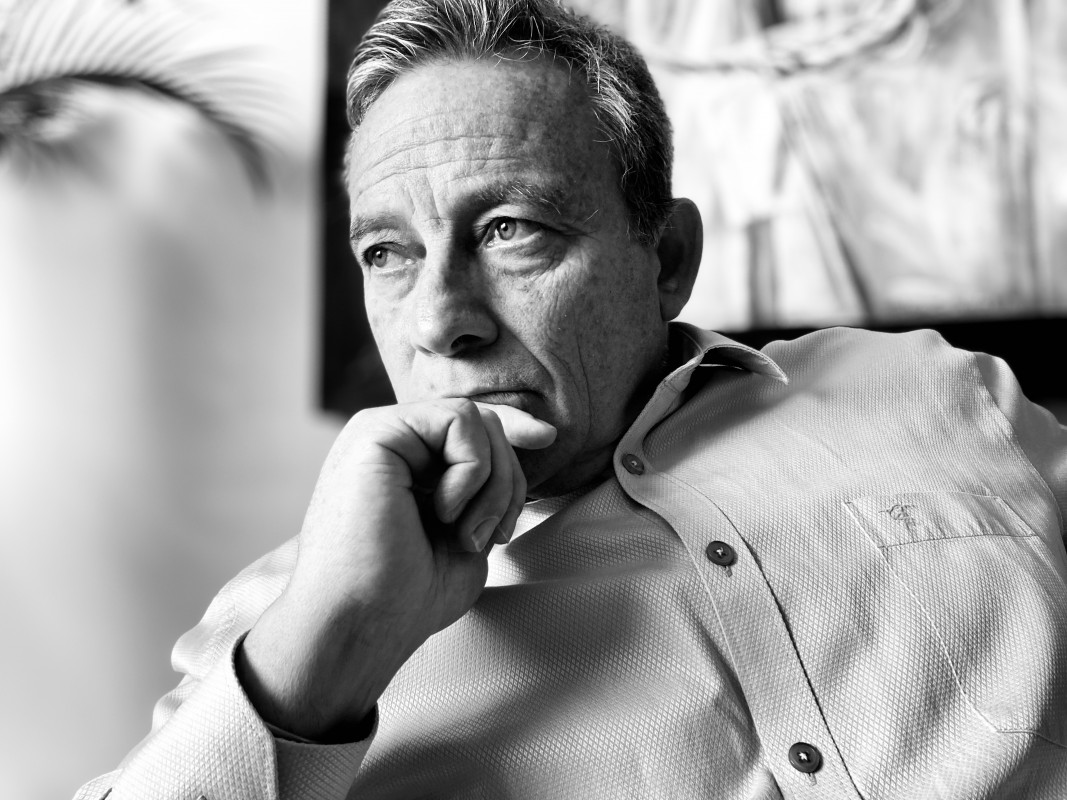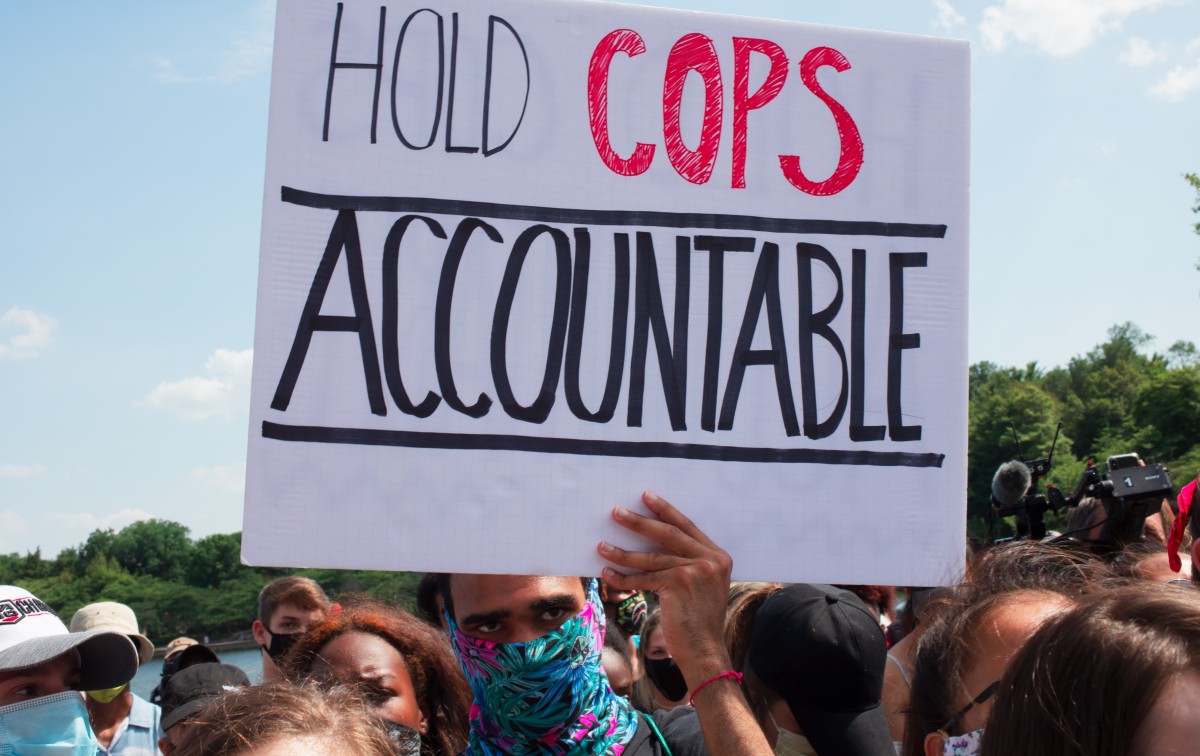Peru is the second largest producer of coca leaf and cocaine in the world. In addition, more than 500 active clandestine landing strips feed a large part of the almost 21 million cocaine users worldwide. And there, the lawyer Ricardo Soberón has twice held the leadership of the National Commission for Development and Life without Drugs (DEVIDA), the entity that manages the nearly 8 million dollars the US embassy assigns to eradicate coca plantations. It also manages the almost 270 million dollars earmarked for budgetary programs to control supply, alternative development, and treatment and prevention of consumption. But, contrary to this, Soberón, whenever he has been able, has criticised that strategy based on eradicating not cocaine, but coca plants before they are processed.
Soberón tried to stop the growth of illegal coca cultivation in the prominent coca-growing enclave of the Peruvian jungle -known as VRAEM – without resorting to force. However, when he promoted direct and permanent dialogue with the coca-growing leaders of the area, some people called him a 'pro-cocalero'. Moreover, when he criticised the forced eradication of coca crops that provided no sustained support for the impacted communities, he was accused of supporting drug traffickers. When he promoted a pilot plan to reduce coca-growing spaces in exchange for the socioeconomic development of growing communities, as well as preventing drug use, he never found political support.
No one who really knows him could consider Soberón an anti-drug politician. In a world that has promoted the prohibition of drugs, Soberón in 2009 helped establish the Centre for Research on Drugs and Human Rights, the only organisation in which he acknowledges having learned about drugs.
In Peru, national plans against coca cultivation began in the 1980s and continue to this day. So, what direct consequences stopping the eradication could bring?
The Americans get annoyed, and -to be honest- I don't care, but I have to say it: Peru's subordination to the US State Department is something never seen before. They are entirely dependent on the Americans, and the Americans feel American when in Peru.
Since 2002, the hectares eradicated in the VRAEM are not even 1% of the cultivated area. But during your administration, you proposed self-eradication to reduce coca crops. But is not eradication in any form already an ineffective policy?
I insist that the only way to achieve a sustainable reduction of coca crops in Peru is through a voluntary agreement, with reasoning and with the cultivators’ knowledge, not by force. The first thing I had to achieve was to convince that forced eradication is not the way to do things but that it is by agreement between both parties; that is, [through] a concerted eradication. I planted that. And I signed a pact with the Sumaq Sunqu women's coca cooperative. They gave me six hectares of coca [voluntarily reduced], which was very symbolic for me because I had not released a single sol [Peruvian currency]. They got the message. Then came the coup d'etat by Pedro Castillo, and I had to leave.
You have criticised the White House's coca crop measurements for their inaccuracy. What do crop eradication figures really tell us? Are they a reliable index?
Not at all. The US has its standard system for the entire world, but it is not accountable for the methodology they use or its databases. And some countries, like Peru, have decided to take their means, ways, and forms. But the eradication figures are only a goal the US government establishes in January each year. Now, the US announced an increase of 8 million dollars for eradication this year. That is a terrible mistake because eradication without rural development drives deforestation and promotes a vicious circle of 'crop eradicated, crop planted'. That is to say, the peasant-impoverished-immigrant who sprays the forests and plants coca, when eradication comes, he goes elsewhere and continues repeating the same cycle: that’s the balloon effect. That's what's happening.
Is it possible to take coca eradication towards a different strategy?
Eradication is a state policy. I wanted instead to reformulate the supply control. Supply control is not eradication: you have the Navy in the captaincy, you have the air force in aerial monitoring; you have the financial investigation unit, you have customs; you have Sunat [Peruvian tax agency] for chemical inputs, you have several organisations, but my budget did not have money for that.

You have said that "drug trafficking could be the factor that makes the indigenous peoples of the South American Amazon disappear." Why?
There is a close relationship between the international demand for cocaine −particularly in Western Europe and the US− and the destruction of the Amazon. The impact of this destruction has repercussions on the destruction of Amazonian indigenous peoples. It is necessary to put this problem on the regional and international political agenda. We must understand that drug trafficking is the voracious economy par excellence. There is no other economy in the world that has the capacity to break social and cultural structures like the ones that drug trafficking has.
Suppose you implement a model based on drug trafficking in an ancestral environment such as the one lived by an Amazonian indigenous people. In that case, facing each other on an equal footing is impossible. There is no possibility that they can coexist. It is the drug-trafficking economy that -through marriage with one of the daughters of the head of the community, renting land to plant coca, and building landing strips- exerts the vilest form of subordination of an economic model on the other. We must also note the Peruvian state's profound institutional, political, and procedural weakness in laying democratic and sovereign foundations within its Amazon. There is an urgent need for the most significant political actor in Peru, whatever his political colour, to address this issue at the highest level of foreign policy, defence, security, and health and development.
The statistics support the failure of the war against drugs. That is no longer news in the global drug debate. What would you say are the reasons within Peru so that, despite the evidence, there are no significant or root changes in the work that is done?
Let's start with the police. The police force is made to manage citizen security according to their interests. It is a device that earns more the more detainees it creates. If you didn't have the war on drugs, you couldn't arrest for drugs, and you would have to try to arrest for something more difficult: theft or robbery, which requires being caught in the act. In the case of drugs, they can even lie or intimidate.
The other is the case of diplomats. This year I have experienced it myself: in every place I went abroad, the Foreign Ministry always sent me a 'tiger' that accompanied me to see that I did not act away from the 'margins' of what was 'correctly established'. For a diplomat, the drug issue is a factor of articulation and international cooperation. If I take that away, I leave it with one less factor of resources, spaces, platforms, actors, and processes. Then, removing the drug control system is not convenient for them.
What are the main myths and stigmas that have been fostered in Peru about drugs?
The first, for example, is that the ancestral use of the coca leaf is an atavism, a matter of the past and that as the new generations grow up, they forget about this ‘green way’ of seeing life. But the national surveys on coca use in homes from 2013-2019 tell us that its use has increased from 3 to 5 and from 5 to 6 million users.
The second is that 92% of the coca leaf goes to drug trafficking, and only 8% goes to legal consumption. But when a market segment is controlled, handcuffed, manipulated, and monopolised in the face of an industry like drug trafficking, asymmetrical, totally voracious in its capacity for growth, it is obvious that this is going to happen. On the other hand, if you create ceteris paribus conditions for legal coca in Peru, you will have a very important growth in legal consumption.
Third, all drug use becomes problematic when there are nuances, colours, and diversities in the universe of substance use that we could almost speak of as individual experiences.

How would you describe the current landscape of the global cocaine trade after the pandemic?
The pandemic has left us with an absolutely buoyant global cocaine market: 21 million users worldwide; 6.5 million users in the US; 4.5 million users in Western Europe; 4 million in Brazil, and that’s all served by Colombia and Peru. The pandemic slowed down maritime trade and forced international drug trafficking to change its global transport strategy. So, they went straight to the Amazon. They no longer care if they must go directly to the Putumayo River, to the Yavari River, where there is a large [coca] leaf with more fibre than alkaloid. They don't care; the idea is to be able to distract the regional police in order to export the cocaine through Brazil.
We can say the same with Ecuador, which historically has not cultivated coca, despite being in the middle of two producing countries. But, today, the rates of violence in Guayaquil [city in Ecuador] have increased; in Guayas, Santa Elena, Manabí, it is almost equal to the worst moments in Colombia. Why? Because it has been necessary to distract the world's police with loads of cocaine that left Guayaquil, or the Quito airport, where it was not as dangerous as El Dorado [Bogotá airport] or Jorge Chávez [Lima airport]. They are commercial strategies that undoubtedly present us with a global scenario of cocaine that has not decreased, but quite the opposite.
Regarding the position of the president of Colombia, Gustavo Petro, who declared in a press conference that the war against drugs and the deregulation of drugs were a failure, you have said that in Peru, "we are a little more modest and realistic." What does it mean to be modest and realistic?
I won't think about winning the World Cup if I haven't even won my national football championship. With that comment, I summarise all my reasoning. It is not enough to be right, which we are. It is necessary to have a correlation of force that gives you the capacity to convince, with compelling and evidenced facts. Before talking like Petro, you must take action.
I believe that if Gustavo Petro converts his speech to the strictly Colombian sphere and achieves it, he could consider that a good achievement. But from there to pretending that Colombia, being one of 191 actors, manages to convince the Muslim world, China, the US, or right-wing Europe, about the need to reform this, I see it as very difficult. The need to do this work is evident, and it will have to be done, but let Gustavo Petro understand that it is not in his domain to achieve it. His domain should be to achieve harm reduction in a legal manner for Colombia, create the permanent substitution of crops and that a series of things are done within Colombia. If, after that, we reach an agreement with Peru and Bolivia, it's already a small step; I'm sure we can take it, but we can't create a situation of confrontation and convulsion that, in the end, we won't know how to apply in the daily life.
For several years Peru has been suffering from a severe political crisis. How do political crises impact drug policy?
In only one way: they are distracting factors from the things behind drugs: rural poverty, exclusion, unfairness, and asymmetric and disproportionate international relations.
Esteban Acuña -in text- is the co-founder of Soma. Francesca Brivio -in photos- is the coordinator of Soma's risk and harm reduction actions. Soma is a project that brings Latin America closer to the most urgent and current debates and actions on the complex world of drugs.


